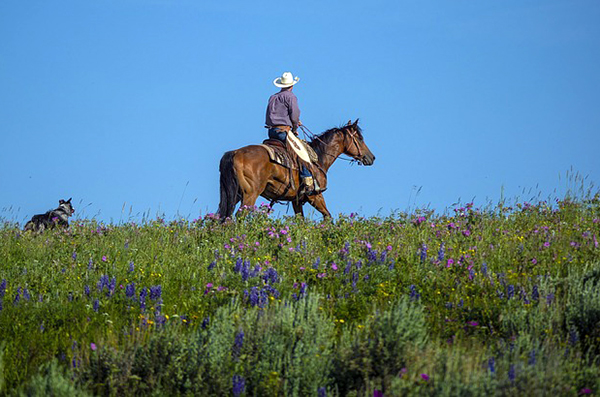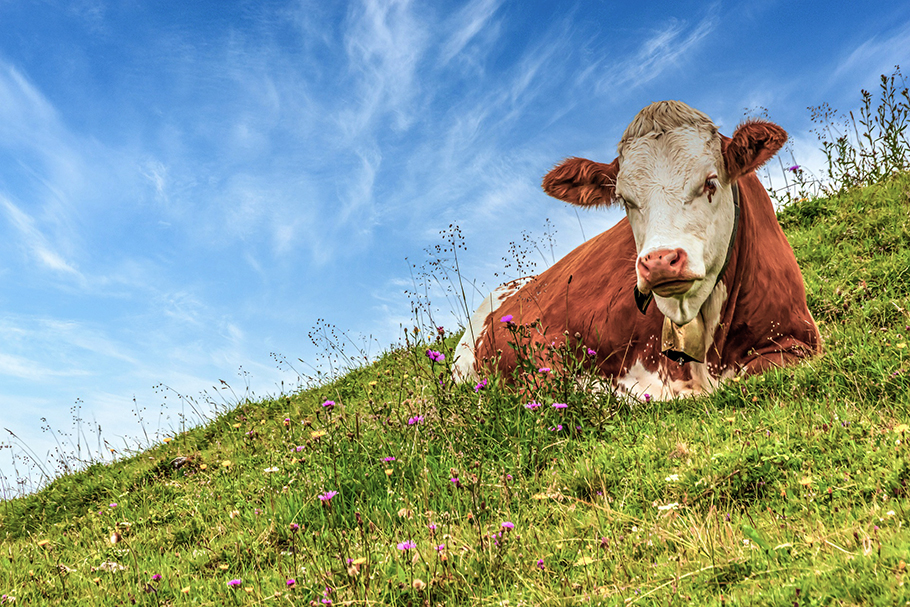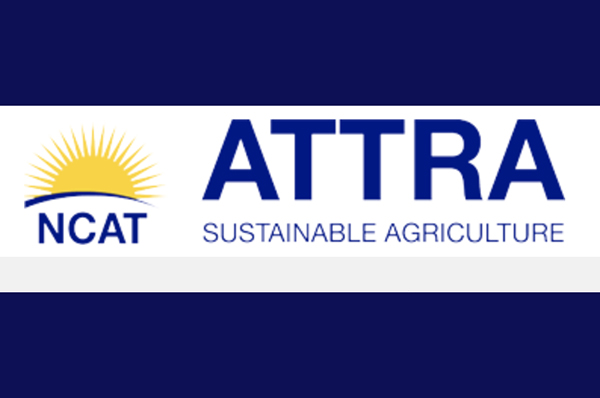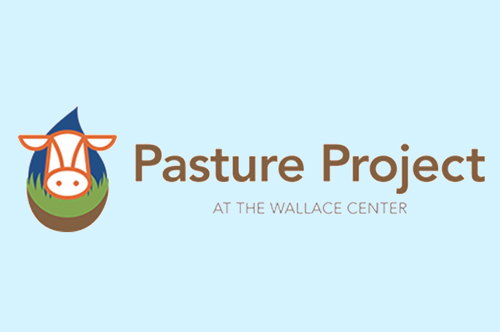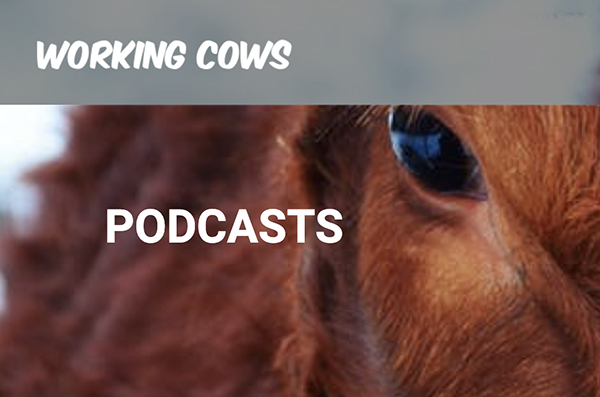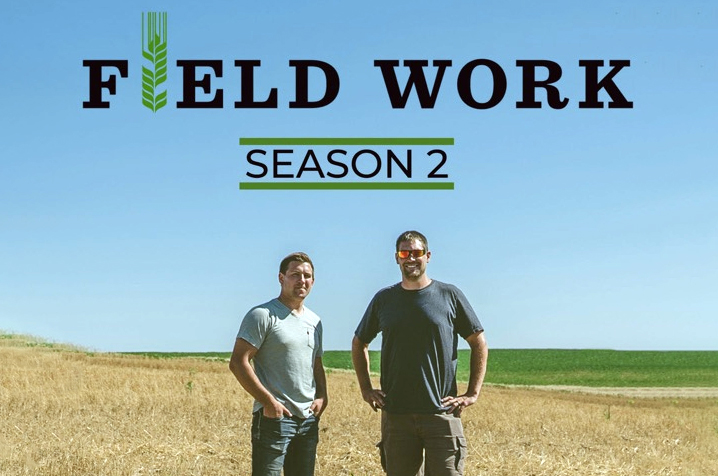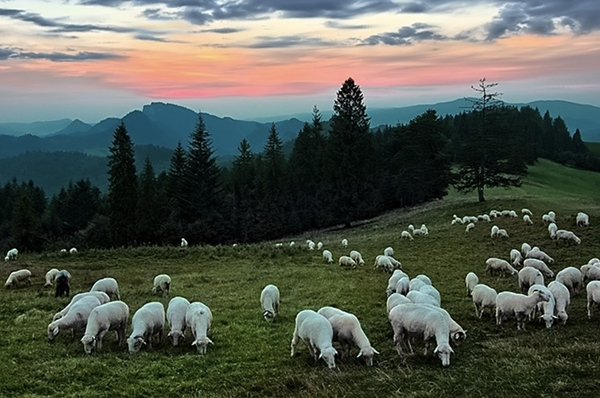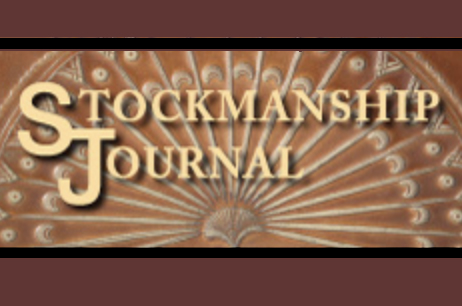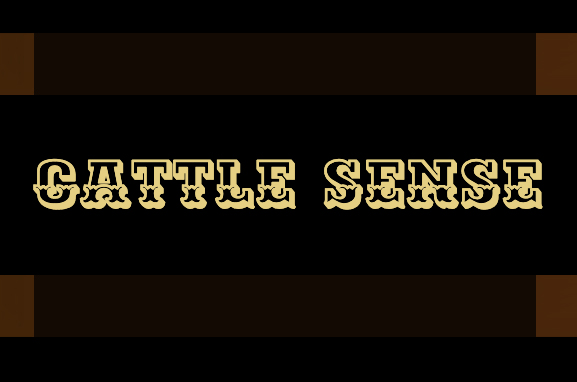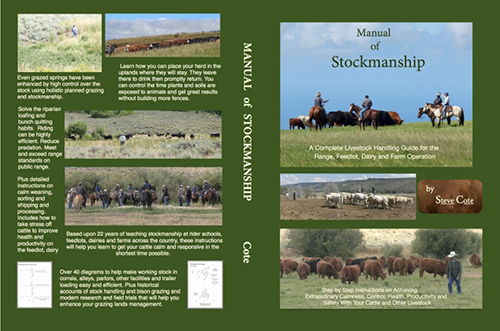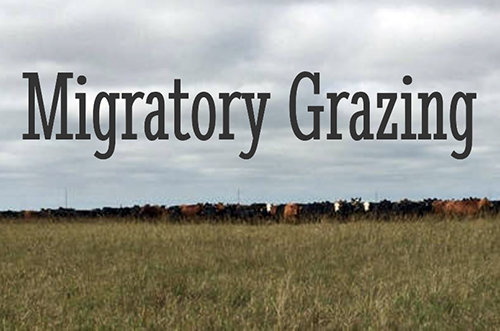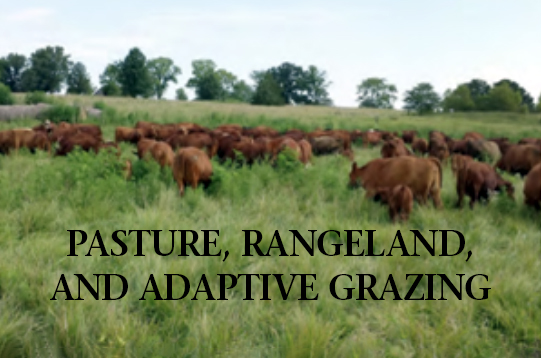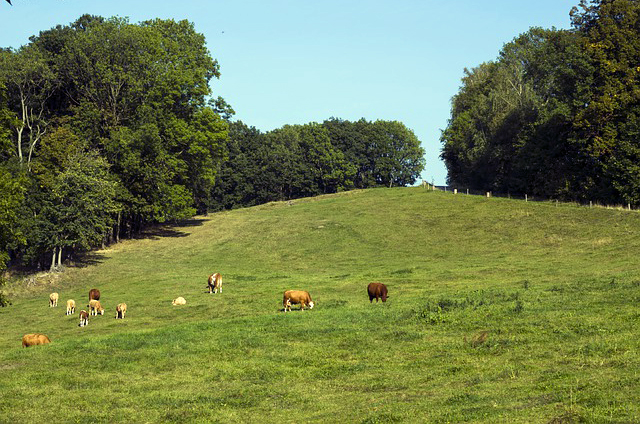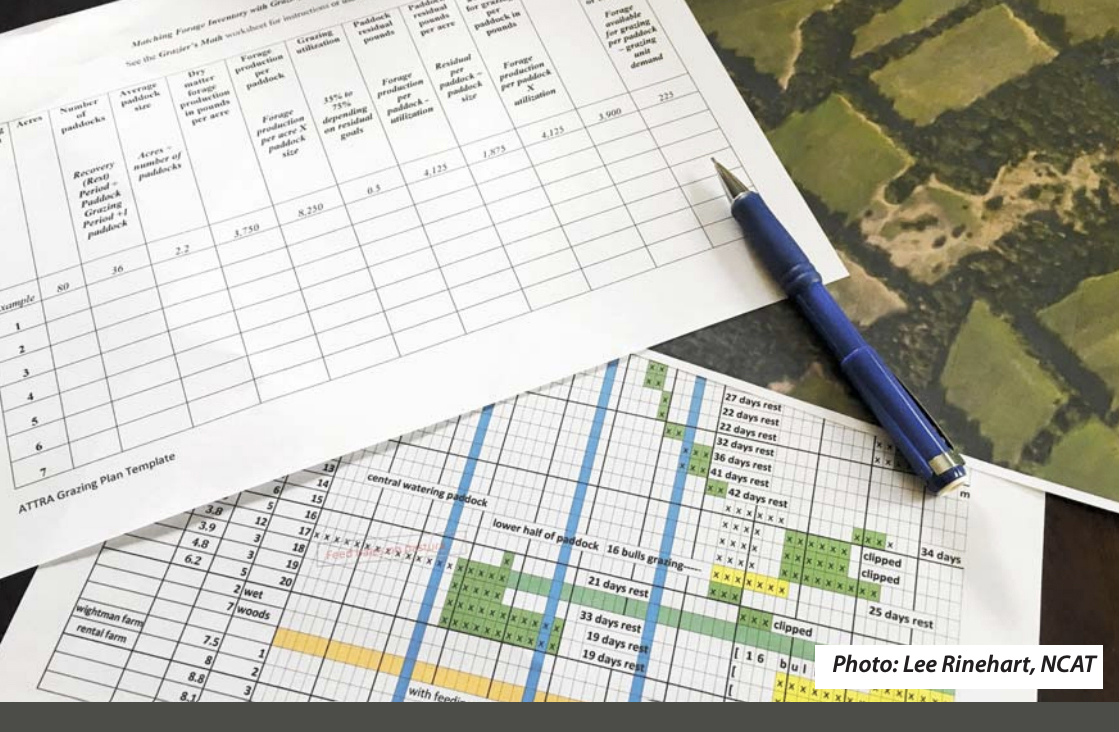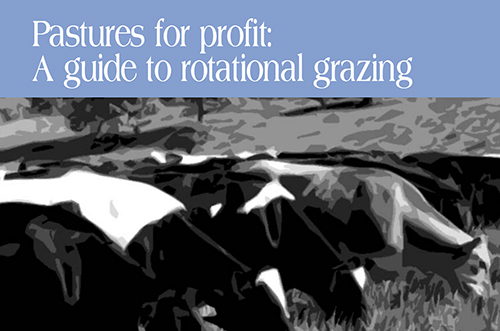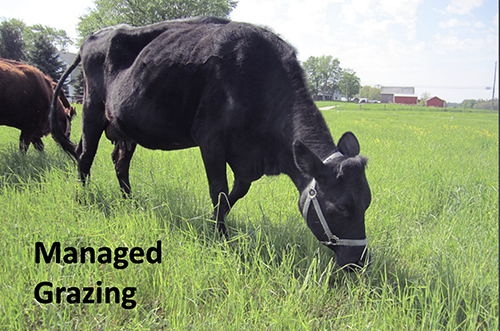
Adaptive Grazing and Regenerative Ranching
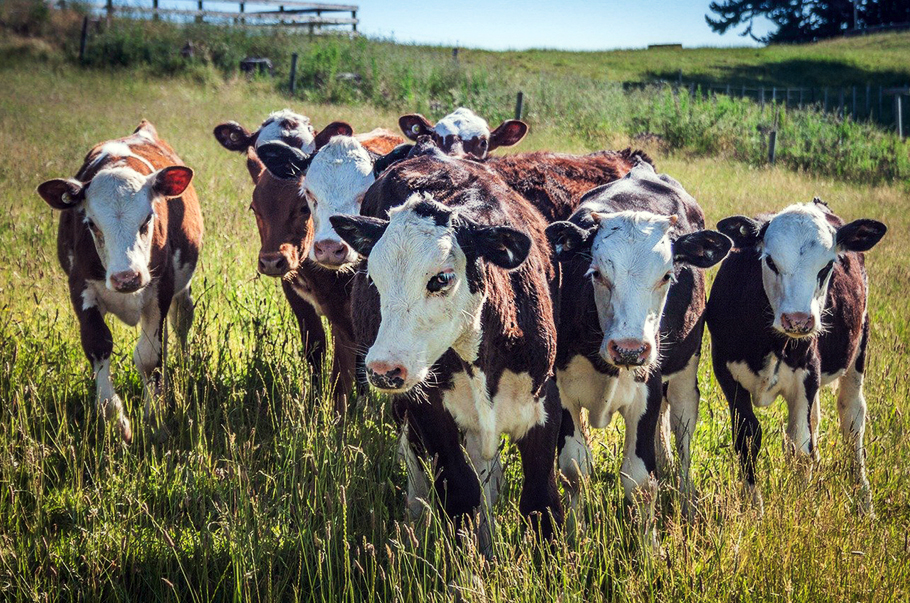
Also known as managed grazing or holistic management, this approach involves carefully controlling livestock density and how long a particular pasture or paddock is grazed at one time. Rather than following a set protocol, the rancher learns to make changes according to current conditions, feedback from the environment, and specific goals and objectives. Generally speaking, however, the over-arching goal is to avoid over-grazing by using methods that attempt to mimic the patterns of wild migrating herds. The animals stay packed closely together for protection, eat the vegetation to partial level (rather than all the way to the ground), disturb the soil lightly with their hooves (which mixes their manure and urine into the top soil), and then move on to another paddock or pasture. In this way, grazing animals actually improve the condition of the soil rather than damaging it, and a significant amount of carbon can be sequestered because the land is always kept covered and the roots and soil microbiome are nourished and left mostly undisturbed.
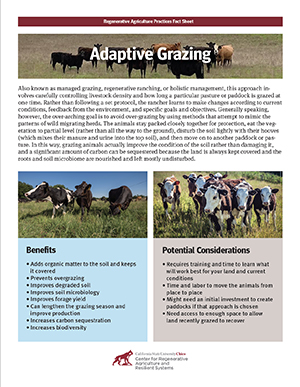
Download a printable fact sheet based on this page (PDF).
Go to:
- Mentor Farmers
- Videos
- Helpful Web Resources and Podcasts
- Low Stress Livestock Handling and Herd Grazing Resources
- Free Publications
- Research Oriented Videos and Scientific Literature
- More Scientific Literature
Mentor Farmers and Ranchers Who Talk About These Techniques
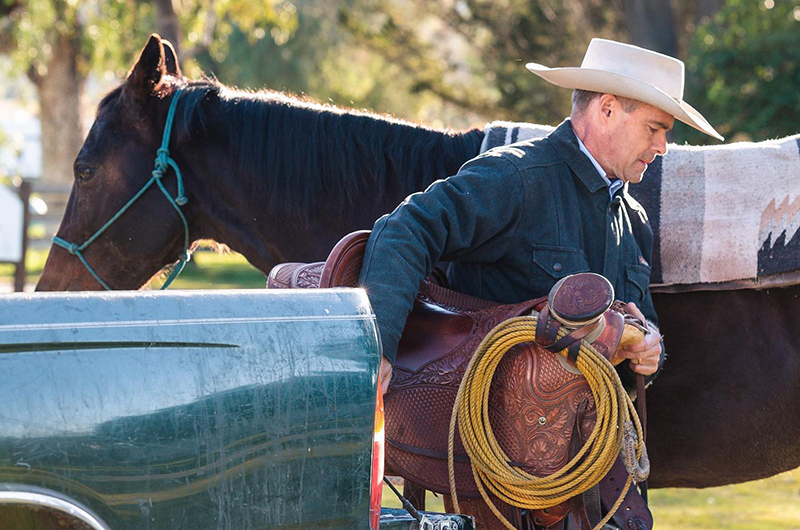 Allen Williams(opens in new window)
Allen Williams(opens in new window)
Brown’s Ranch(opens in new window)
Burroughs Family Farms(opens in new window)
Full Belly Farm(opens in new window)
Massa Organics(opens in new window)
Morris Grassfed Beef(opens in new window)
Paicines Ranch(opens in new window)
White Oak Pastures(opens in new window)
Videos
“Virtual Grazing Field Day - Jason Rowntree” by MSU AgBioResearch
MSU assistant professor and beef expert Jason Rowntree dispels some of the myths around grazing and makes the arguments for its inclusion in a healthy ecosystem in a good introduction to adaptive multi-paddock grazing.
“Regenerative Grazing from the Ground Up” by NCAT ATTRA.
Video featuring Greg and Forrest Stricker’s dairy herd grazing and their use of warm season annuals to supplement their herd with high quality forage while building soil health. Filmed at a Pennsylvania Association for Sustainable Agriculture Field Day at Spring Creek Farms in Wernersville, PA, September 19, 2019.
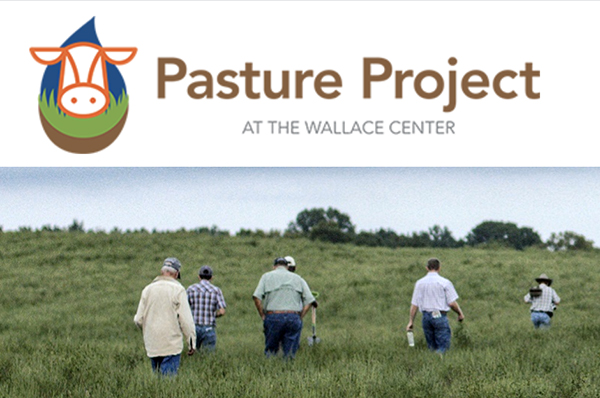 Created by Pasture Project at the Wallace Center, this three-part webinar series is designed to help farmers and land managers understand the most important principles and practices of adaptive grazing, including case studies and specific steps to get started.
Created by Pasture Project at the Wallace Center, this three-part webinar series is designed to help farmers and land managers understand the most important principles and practices of adaptive grazing, including case studies and specific steps to get started.
 Dr. Richard Teague discusses use of a systems approach to develop land and livestock management practices that sustain natural rangeland resources and the well-being of the people depending on the land. His research provides insight into how grazing strategies can influence key ecosystem services, the economic viability of working ranches, mitigation and adaption to alternative climate scenarios, and the long term economic consequences.
Dr. Richard Teague discusses use of a systems approach to develop land and livestock management practices that sustain natural rangeland resources and the well-being of the people depending on the land. His research provides insight into how grazing strategies can influence key ecosystem services, the economic viability of working ranches, mitigation and adaption to alternative climate scenarios, and the long term economic consequences.
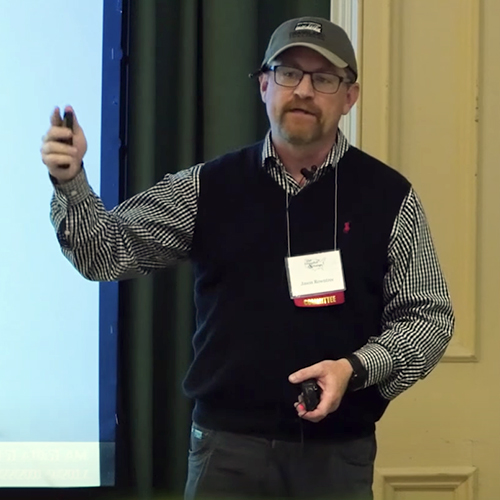 Dr. Jason Rowntree, associate professor of Animal Science at Michigan State University and faculty coordinator of Lake City AgBio Research Center, discusses the latest research around what seems most effective for healthy, regenerative and low-cost, low-input beef production.
Dr. Jason Rowntree, associate professor of Animal Science at Michigan State University and faculty coordinator of Lake City AgBio Research Center, discusses the latest research around what seems most effective for healthy, regenerative and low-cost, low-input beef production.
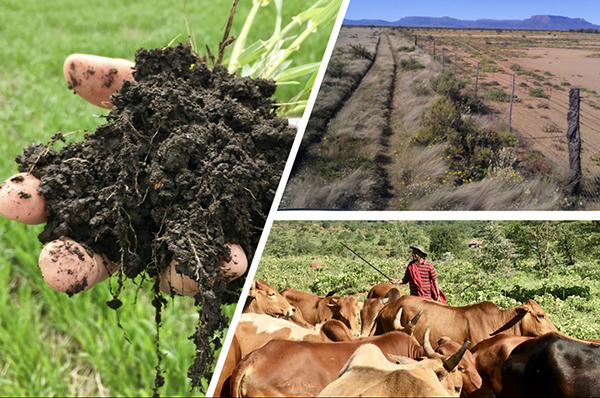 “Peer-Reviewed Publications on Grazing as a Means of Improving Rangeland Ecology, Building Soil Carbon, and Mitigating Global Warming.” Extensive list prepared by Soil4Climate Inc. Updated August 2020
“Peer-Reviewed Publications on Grazing as a Means of Improving Rangeland Ecology, Building Soil Carbon, and Mitigating Global Warming.” Extensive list prepared by Soil4Climate Inc. Updated August 2020
More Scientific Literature
Mosier S, Apfelbaum S, Byck P, Calderon F, Teague R, Thompson R, Francesca Cotrufo M, Adaptive multi-paddock grazing enhances soil carbon and nitrogen stocks and stabilization through mineral association in southeastern U.S. grazing lands(opens in new window), Journal of Environmental Management, Volume 288, 2021, 112409, ISSN 0301-4797.
Rowntree JE, Stanley PL, Maciel ICF, Thorbecke M, Rosenzweig ST, Hancock DW, Guzman A and Raven MR (2020) Ecosystem Impacts and Productive Capacity of a Multi-Species Pastured Livestock System.(opens in new window) Front. Sustain. Food Syst. 4:544984.
Gosnell H, Charnley S, Stanley P. 2020 Climate change mitigation as a co-benefit of regenerative ranching: insights from Australia and the United States.(opens in new window) Interface Focus 10: 20200027.
, , , , & (2024). Ruminating on soil carbon: Applying current understanding to inform grazing management(opens in new window). Global Change Biology, 30, e17223.
Teague Richard, Kreuter Urs, Managing Grazing to Restore Soil Health, Ecosystem Function, and Ecosystem Services(opens in new window), Frontiers in Sustainable Food Systems, Vol. 4, 2020.

